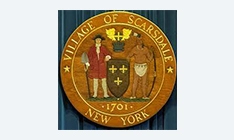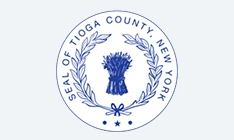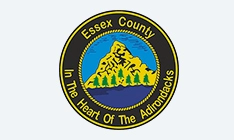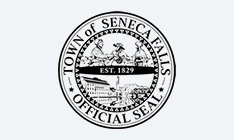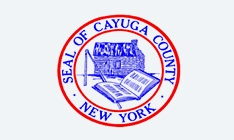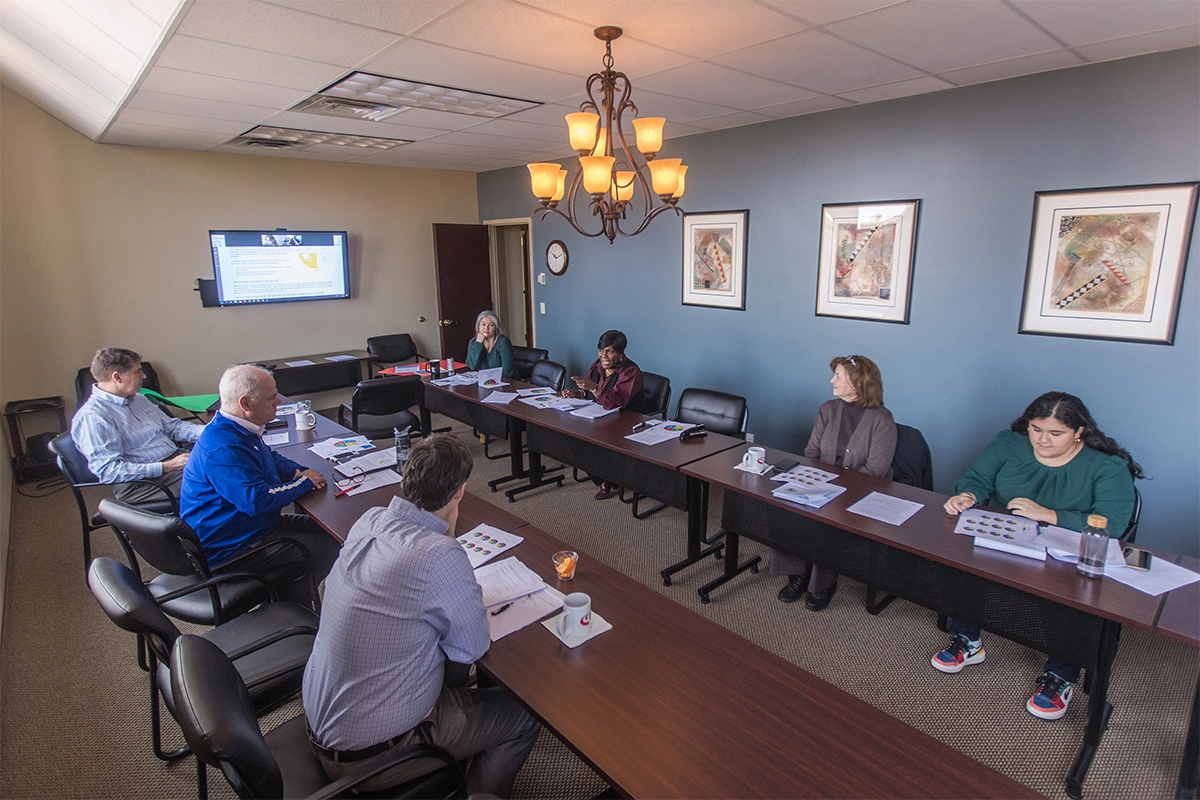
High-quality organizations are always thinking about how to do things better – more effectively, more efficiently, more inclusively. They know that just because “we’ve always done it this way” doesn’t mean we should continue in that vein. But knowing you need to change can be a long way from knowing how to change and being able to effect the change. CGR helps organizations and governments through the change process by carefully documenting the status quo, creatively exploring a range of options and skillfully facilitating a shared vision for the future. Our work over decade includes dozens of municipal services, budgetary and restructuring studies, operational redesign efforts, performance assessments and strategic planning. CGR’s government management, public finance and service delivery experts are ready to help any community improve efficiency, effectiveness and quality.
Featured Work
Cayuga County (NY) Organizational Assessment
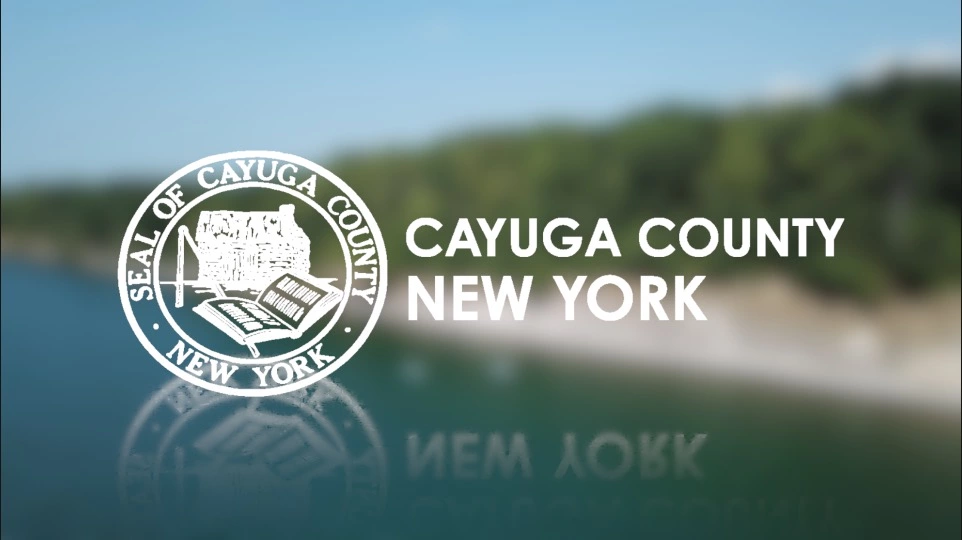
CGR conducted a comprehensive organizational assessment and analysis of government operations and organizational structures for Cayuga County, New York. At the County’s request, CGR evaluated pathways to cost reductions, the structure of County departments and staff, areas where County operations were unproductively siloed, and opportunities to combine departments to improve efficiency, economies and synergies. The project involved a comprehensive existing conditions review examining current structures and their efficacy; identification of policies and procedures that impede productivity; exploration of alternative ways to organize the County; and evaluation of the impacts of those alternatives. CGR produced more than two dozen recommendations for improvement, both intra-departmental and organization-wide in nature. The County moved to implement several recommendations, including those addressing its administrative structure and the role (and span of control) of the County Administrator.
Tompkins County (NY) Criminal Justice/Jail Population Needs Assessment
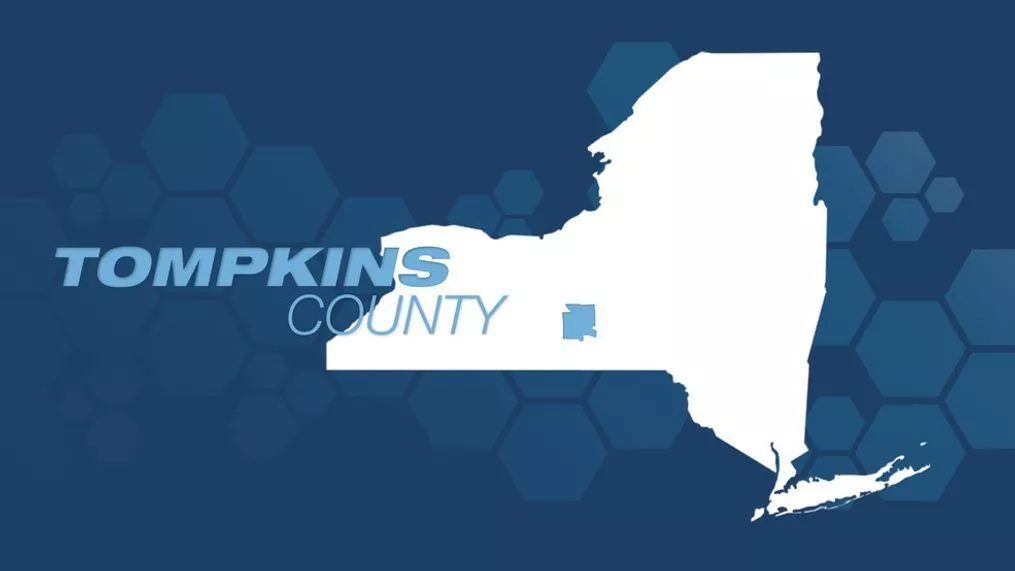
CGR was hired by Tompkins County to assess the County jail, the County’s criminal justice system, alternative-to-incarceration and other criminal justice programs, policies and practices affecting the jail and its inmate population, trends over time in the numbers and characteristics of that population, and future jail population projections under various scenarios and assumptions. Substance abuse and addiction were addressed in depth as key issues driving trends at the jail, including examination of the drug courts, alcohol and drug assessments, and rehabilitation and detoxification programs. As a result of following CGR’s recommendations, the County has seen a substantial reduction in its incarcerated population and was able to avoid building a new jail. The project website is at https://www.cgr.org/TompkinsCrimJust/
Chautauqua County Municipal Consolidation and Efficiency Plan
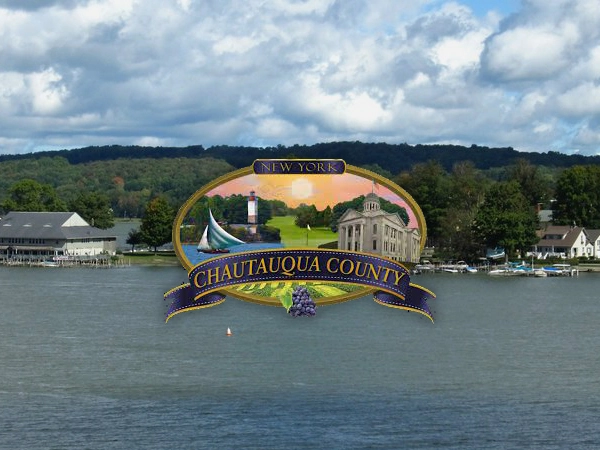
In 2017, the State of New York created a competition to encourage communities to improve local government efficiency. Initial applications were reviewed in Phase I and the winners—Chautauqua County, Madison County, Montgomery County, Otsego County, Ulster County and Town of Brookhaven—were granted funds to support a Phase II submission for the $20 million prize. Chautauqua County chose CGR to coordinate a bid that eventually involved nearly all local governments in the county and a few from adjacent Cattaraugus County. CGR’s role was expansive, including the coordination of existing proposals, the solicitation and development of new ideas and the fiscal impact analysis of all submission components. CGR met with representatives of nearly all of the 42 municipalities in the County to discuss a range of options from consolidating the fire services and police departments to sharing water system operators and municipal buildings. Although this application was not selected, the planning process led to improved relationships and informal sharing of services in the County.
Town Management in Seneca Falls
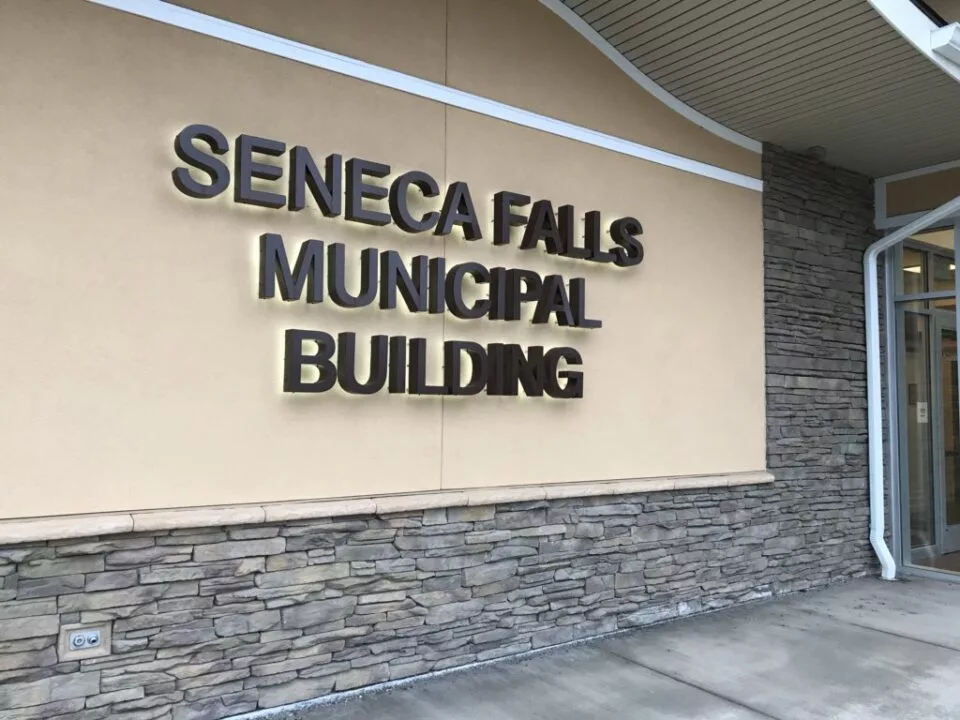
The Town of Seneca Falls retained CGR in 2021 to assess the Town’s operations, organizational structure, staffing and budget process. The study also considered whether the Town would benefit from additional management and researched leadership options. The Town of Seneca Falls experienced major changes in the 10 years preceding the study, absorbing a Police Department, water and sewer systems, and various other services and infrastructure from the Village of Seneca Falls after its government dissolved in 2012. CGR’s study found that despite these additional responsibilities, the Town’s administrative structure had not changed since 2012 and was still led by a part-time Town Board and Supervisor. As a result, many basic functions of local government (capital planning, personnel management, timekeeping, purchasing) were diffused across Town departments, which approached these responsibilities in different ways. CGR recommended three options to strengthen Town management: Establishing a town manager position, making the Supervisor full-time, or adding hours and pay to the existing part-time Supervisor role. Other recommendations included developing a multi-year town-wide capital plan; developing a new comprehensive plan; and adopting a centralized timekeeping system. As of early 2022, the Town was seeking to hire a town manager.
Essex County EMS Strategic Plan
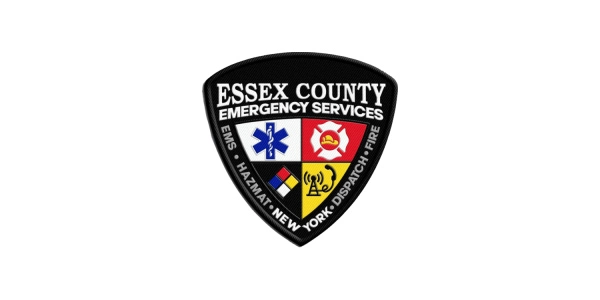
Implementing recommendations from a 2016 CGR engagement, Essex County changed dispatch protocols, improved data management and increased service-sharing among the County and partner agencies to improve EMS services to residents. The County has established a county wide EMS ALS response system that became operational in 2020. Essex County had engaged CGR to undertake a comprehensive strategic plan as part of an effort to enhance the provision of EMS care in this rural county. The project involved extensive interviews, focus groups and data analysis to identify current and pending gaps in the EMS system. Then, a series of recommendations ranging from minor work practices to the development of a new response system were prepared in coordination with local officials. The longer-term changes include the development of state legislation to enable the creation of a county-wide ambulance district, which is planned for the next legislative cycle. View the comprehensive report and data visualizations at www.cgr.org/essex-ems.
Tioga County Code Enforcement Study and Fee Schedule
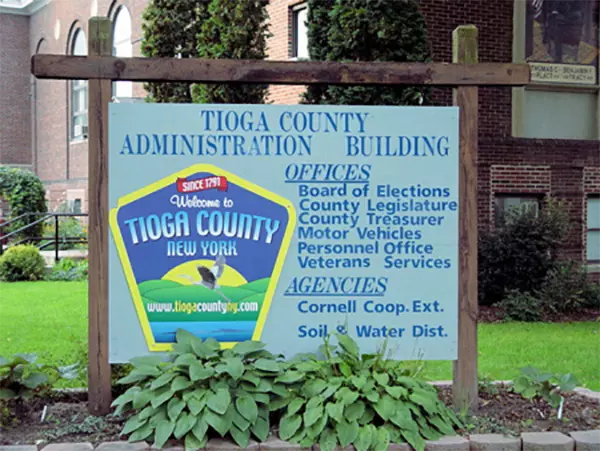
The Tioga County Rural Economic Area Partnership (REAP) engaged the Center for Governmental Research (CGR) to review and evaluate the provision of code enforcement services at the town and village level in Tioga County and to identify opportunities to enforce codes more effectively and efficiently by sharing services. CGR conducted semi-structured interviews with the 12 code enforcement officers serving the County’s municipalities, as well as all 15 town supervisors and village mayors in the County; obtained and analyzed state data on code enforcement activity in each municipality; gathered and compared budget data and fee schedules across municipalities; and interviewed officials in eight New York State counties that currently have county-administered code enforcement. CGR’s review found substantial turnover, as well as difficulty recruiting and retaining qualified code enforcement officers in many communities. We also identified fragmented levels of enforcement, permitting processes and fees across communities. CGR identified a number of options to improve code enforcement through arrangements between the County and its municipalities, ranging from the County providing support and coordination to the existing municipal enforcement system to having the County absorb enforcement of the Uniform Code from municipalities.
REAP engaged CGR again earlier this year to pursue a recommendation from its 2020 report: to develop a model fee schedule to make permitting and inspection fees more consistent and predictable for property owners and builders, and to ensure that fees have a rational basis and provide appropriate revenue to support local code enforcement services. CGR compiled and compared fee data for each municipality, gathered fee data from several comparison counties, interviewed town supervisors and village mayors, and developed a template for a common fee schedule. While the model fee schedule is optional for municipalities, several villages and towns in the County have adopted versions of it.







